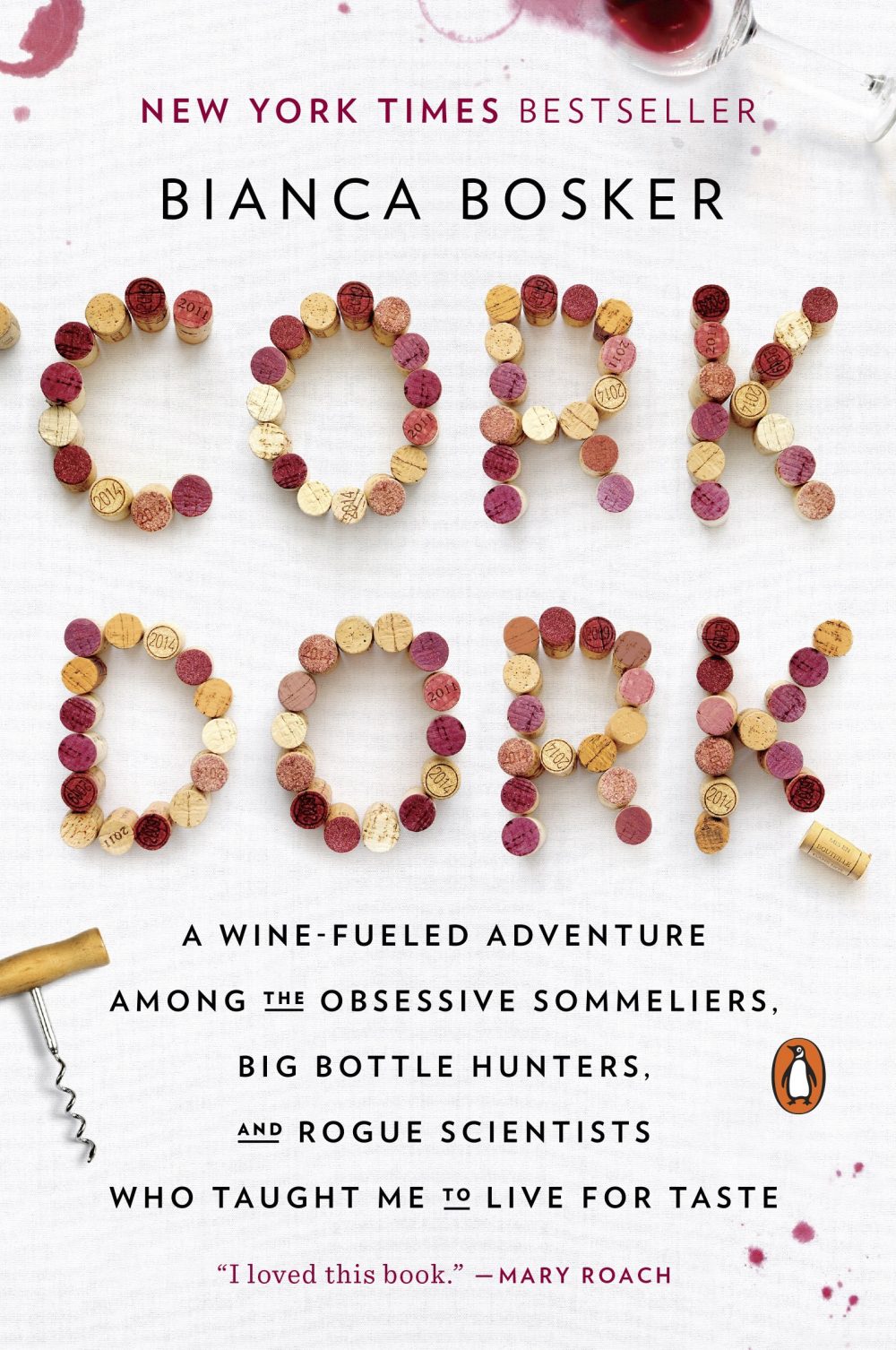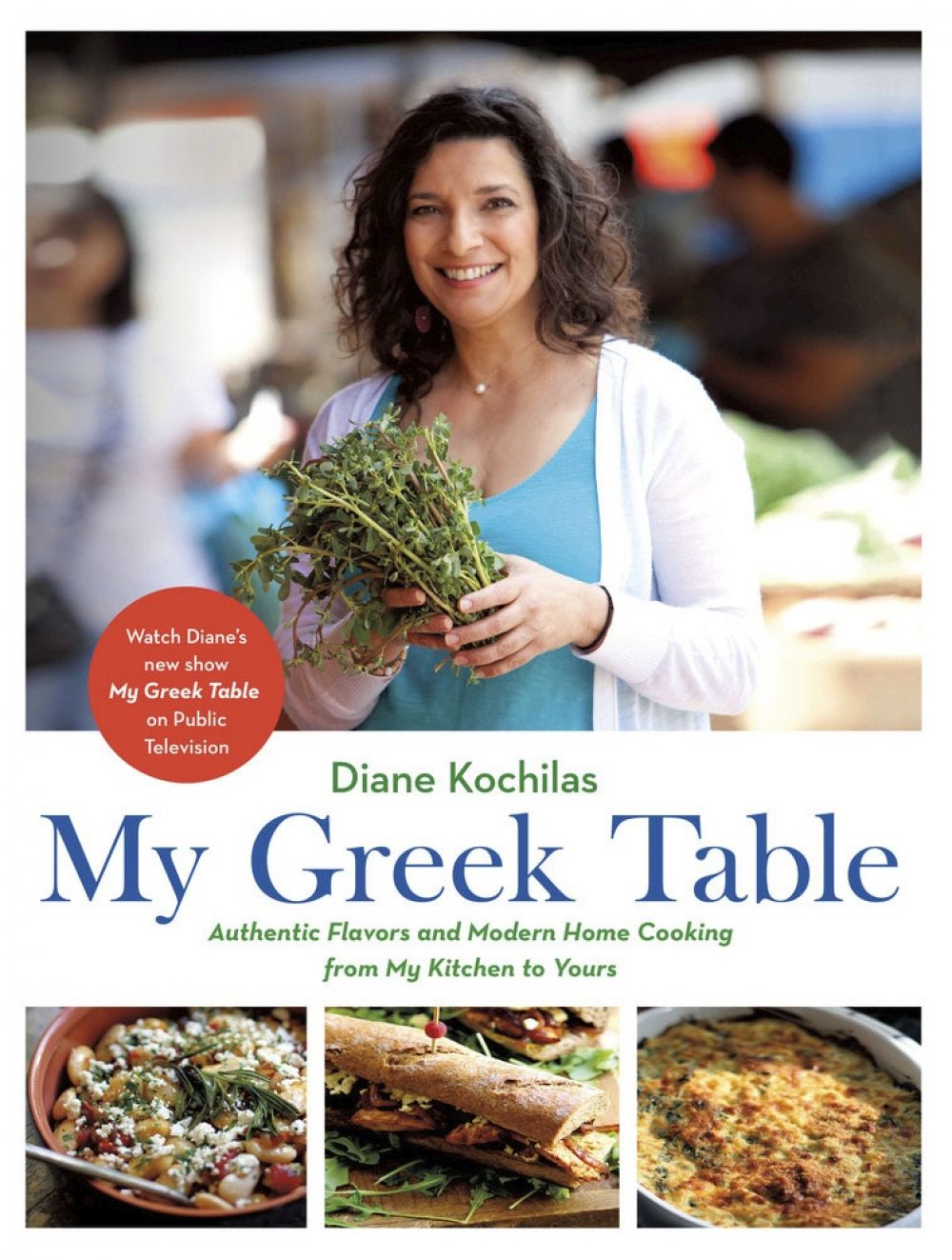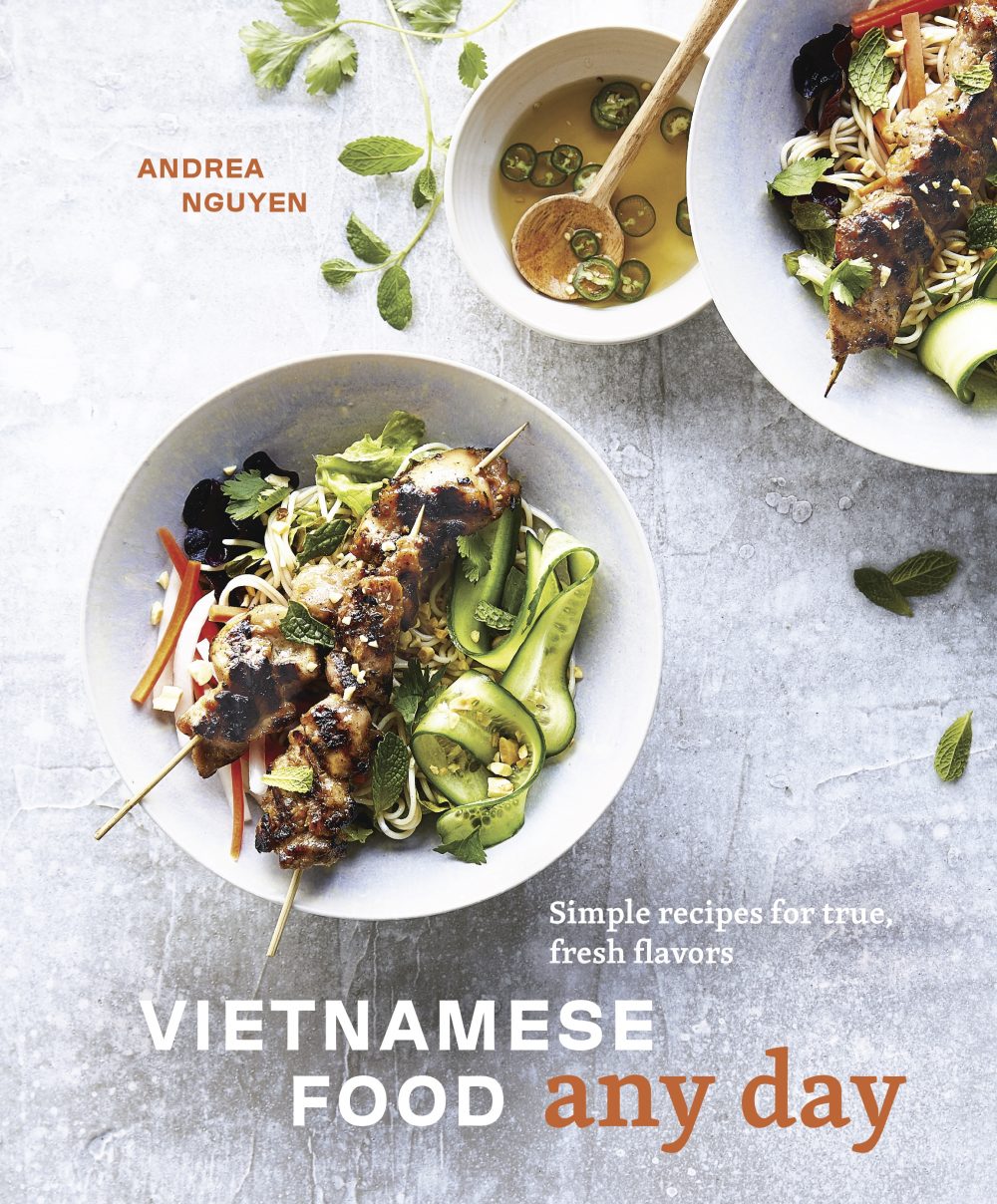
Cork Dork
By Bianca Bosker
The world of wine service is revealed in Bianca Bosker’s tell-all journey through her apprenticeship at trendy restaurants and her stint as a guest judge at TopSomm: the Super Bowl of sommeliers. Considering that restaurants can move up to $30,000 of wine per night, stakes are high for sommeliers. At Per Se, management brings in ballet dancers to teach its service staff how to move with grace. At Jean-Georges, staff guidelines include lipstick color, jewelry style and posture. The best in the business compete at TopSomm, a grueling final exam in which contestants have to identify six different wines within 4 minutes each. One failed entrant identified a wine as from the right bank of the Bordeaux; it actually was from the left bank, just 24 miles away. The most harrowing part of the exam is table service; judges assume the role of rude customers who slow down service. The rules are legion: Don’t pour men before women. Don’t pour hosts before guests. Don’t block the label with your hand. And don’t ever drip. Bosker likens an errant droplet of Madeira rolling down the outside of a glass to “a turd smeared on a wedding gown.” I asked Bosker about her takeaways for ordering wine, and her best advice was: “Order the wines that you have never heard of. They were put on the list because someone loves them despite their anonymity.” Oh, and don’t even think about becoming a sommelier. It’s not for the faint of heart.
I love Diane Kochilas, both her personal story and her food. She was born in New York, but her father was from the island of Ikaria. He died when Diane was 10 and, two years later, she visited his native village of Christos. As children were free to wander the island late at night, she stargazed while lying on the beach, and the food was local, fresh and served in a rambling, free-range style. There, she fell in love with Greece and its cooking—so much that she eventually moved back to Ikaria and founded a cooking school. Kochilas is not hidebound. She’s happy to throw ouzo or orange juice into salad dressings, to make tomato sauce with cinnamon or to add fresh corn and feta to polenta. She gleefully adds avocado to tahinosalata, a classic velvety spread made with tahini. Her book is packed with simple, go-to recipes, such as a shaved raw zucchini-tomato salad, whole roasted cauliflower, chickpea soup and plenty of chicken dishes, including one stuffed with figs and olives and a chicken noodle soup with tomatoes and fresh pasta. The problem with many cookbooks that try to offer casual fresh food is that there is no culinary foundation, no roots to pull it all together. Thankfully, Kochilas is deeply rooted in the culinary traditions of Greece, which provides her improv style of cooking with consistency and meaning. Free-range cookery is all well and good, but it has to be done by an expert. Kochilas qualifies.

My Greek Table
By Diane Kochilas

Vietnamese Food Any Day
By Andrea Nguyen
Andrea Nguyen is a piece of work— exuberant, charming and off-the-cuff profane. And that’s a pretty good description of her food as well, since she does not blindly revere the cooking of her early Saigon childhood—she feels free to play with her food. Born in Vietnam in 1969, Nguyen and her family left two weeks before the fall of Saigon in 1975 with a few prized possessions, including her mother’s recipe notebook. In the States, her mother mixed and matched—spaghetti dinners included a side of rice. Nguyen soon took to the notion of translating Vietnamese cooking to the American supermarket, and that is the basis of her latest book. One is surprised to find down-home panfried pork cutlets, but she adds fish sauce and a coating of cornmeal, and serves them with a chili-garlic sauce. She turns leftover chicken into noodle soup, retools char siu to work with grilled boneless chicken thighs, tarts up beef stew with star anise and lemon grass, and uses bacon and maple syrup to approximate the flavor of Chinese sausage in a blistered green beans recipe. She even transforms Vietnamese coffee into no-churn ice cream. Yes, you can find classic Vietnamese recipes here. But Nguyen knows when to cast off tradition to adapt to her new home. She represents the very best of our rapidly changing culinary scene—cooks who are deeply rooted in authenticity but are willing to improvise with new ingredients and traditions.



